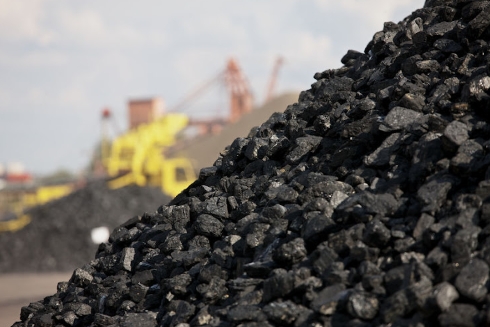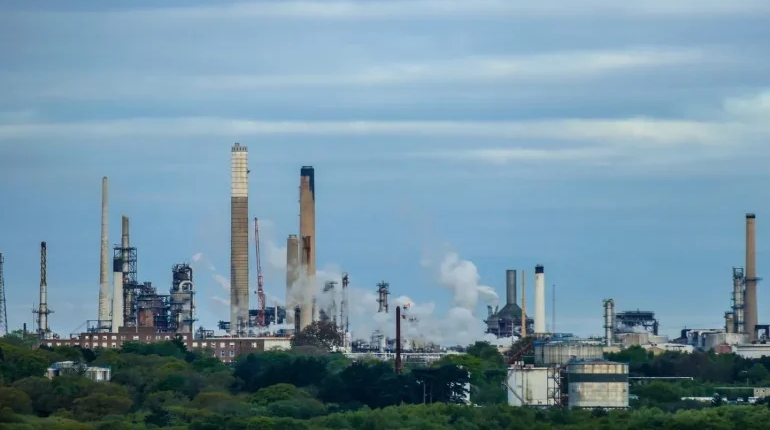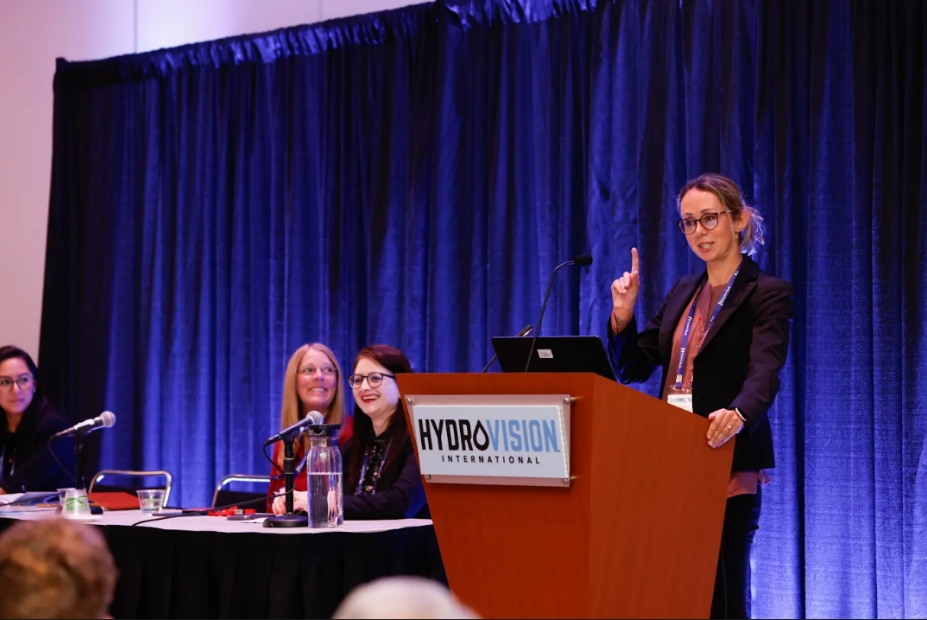
A December 2024 report from the International Energy Agency (IEA) says global demand for coal is set to hit fresh records annually through to at least 2027. The latest IEA forecast sees demand for coal rising to nearly 8.9-billion tonnes by 2027, about 1% higher than 2024 levels.
In April the G7 countries pledged to end what they euphemistically called “unabated” coal power plants by 2035. The G7 nations — the UK, US, Canada, France, Italy, Germany and Japan — had for years struggled to reach agreement on phasing out coal. It has now left space for members to continue to use coal beyond the deadline if plants are fitted with carbon-capture technology to prevent emissions from entering the atmosphere.
Many developed countries only temporarily shut down coal-fired plants, to be brought back online during periods of high energy demand or crisis. Germany, Europe’s largest economy, was set to phase out coal by 2030. Yet German statistics office Destatis reported that during July and September 2022 36.3% of the electricity fed into the German power grid came from coal-fired power plants, compared with 31.9% in the third quarter of 2021.
To avoid winter power shortages and replace scarce natural gas after a sudden drop in Russian imports to Germany, in October 2023 the German cabinet approved bringing on-reserve lignite-fired power plants back online from October 2023 to end-March 2024.
Austria, the Netherlands and Italy also restarted coal power stations in 2023. The previous year the Netherlands had activated an “early warning” phase of the country’s energy crisis plan when it lifted a cap on production by coal-fired power plants to reduce reliance on Russian gas after the war in Ukraine.
In 2023 France brought back its coal plants “as a precaution” to “ensure reliable electricity production” during winter. In March the same year the UK called on its reserve coal capacity to manage increased demand after a colder than expected winter.
The 2011 Fukushima nuclear disaster pushed Japan to increase coal and natural gas usage. Coal is now responsible for 32% of its electricity generation. Coal makes up 16% of US power, but the country exported more than 32.5-million tonnes of thermal coal valued at more than $5bn in 2023, the second-highest since 2017.
Fossil fuels now make up less than 50% of China’s power generation capacity, yet coal-fired power is enjoying a construction boom. China built more coal-fired power plants in the first half of 2024 than any other country, representing 90% of the world’s new coal plant construction that year. In 2023 coal demand in China rose 6%, according to the IEA.
India has the world’s second-largest coal use, with more than 70% of its electricity needs met by coal. In 2023 India’s coal demand rose 10%, the biggest rise of any country.
SA relies on fossil fuels for 83% of its electricity generation. There are 66 operating coal mines in SA, most in Mpumalanga and KwaZulu-Natal. The country’s coal value chain forms a large part of the domestic economy and energy generation infrastructure. It directly employs 100,000 people, and its ecosystem and indirect jobs and industries are multiples more.
Five coal-fired power plants and 15 coal mines are likely to close by 2030 in SA, and four more plants and 23 mines by 2040. This will affect the livelihoods of 2.5-million people. SA coal mines earned R28bn in 2022. Earnings would have been higher if not the for the crisis at state-owned entity Transnet, which has resulted in lost export revenues of R22.7bn in 2022.
Research published in the Journal of the Southern African Institute of Mining & Metallurgy revealed that closing 15 mines by 2030, and an additional 23 mines by 2040, will affect 69 mining communities and 21 municipalities in SA.
“The impact of mine closure on the 2.5-million residents of host communities will be significant, particularly as levels of income, employment and education are already very low and many municipalities are in financial distress,” the authors stated.
“Many of these communities have experienced mine closures and do not have the skills and opportunities to take advantage of the inevitable transition, let alone the transition to clean energy.”
A SA Reserve Bank paper has warned that SA has no effective plan to mitigate the shock to the economy of a drastic cut in coal production and utilisation, as required by the country’s commitments to climate change goals.
The Bank warns that six industrial sectors are disproportionately exposed to climate change transition risks — fossil fuel, utilities, energy-intensive, transport, housing and agriculture sectors. About R980bn of corporate credit loans by SA banks are tied up in “transition-sensitive economic sectors”.
Unless the “transition shock” is mitigated with adequate policies SA’s financial institutions would be destabilised, the Bank says. “Losses in some segments of the financial sector, even compensated by gains in others, may affect the system at large and trigger a degree of financial instability.”
SA received $11.6bn in climate change funding from developed countries. Sadly, most of the funds were old-style development aid type loans, with conditions including the use of consultants, organisations and ideas from donor countries. Grants make up only $676m of the total.
SA will thus be indebted, while the “funding” is recycled to donor organisations, consultants and to generate donor-country ideas. By “giving” donor funding to developing countries, donor governments dictate to developing countries how they should pursue their climate change transitions. This is often inappropriate in the developing country context.
Of SA’s donated climate finance funding, so far $1.9bn has been spent, mostly as policy-based loans to government. Another large proportion has gone to agencies, consultants and organisations from the donor countries. Even funding that ostensibly goes to projects to revive the coal belt province, Mpumalanga, went to consultants, donor development agencies or to support donor originated development ideas, as did skills training and community development for a planned green hydrogen hub.
Developed countries have specific timetables to transition from fossil fuels to renewable energy, based on their domestic circumstances. But SA’s just transition needs to take local realities into account, and the narrative must support an effective transition that does not undermine energy security and economic growth.
The funding for SA’s just transition must not be in the form of loans but based on grant and investment funding. The just transition policy must be put together by local expertise, entities and groups, with local ideas, not based on the outdated development aid model in which foreign funding comes with foreign companies, foreign expertise and foreign ideas.
There has to be an effective industrial policy to make the shift from fossil fuels to renewables, involving the state, private sector and civil society in a joint ideas-generation and implementation compact. Corruption and cadre-deployed state managers overseeing state implementation and giving tenders to politically connected businesses based on patronage should be eliminated.
SA must pursue a dual energy generation strategy, combining coal and renewables while phasing out coal gradually. The country can also fit its coal plants with carbon-capture technology, as many G7 nations have been given the option to do, to prevent emissions from entering the atmosphere. Given SA’s coal bounty, there must be more focus on technology to clean emissions from coal plants.
Though many of SA’s neighbours are politically unstable, meaning their economies are also unstable, SA can still explore partnering with energy producing neighbours to leverage comparative advantages.







